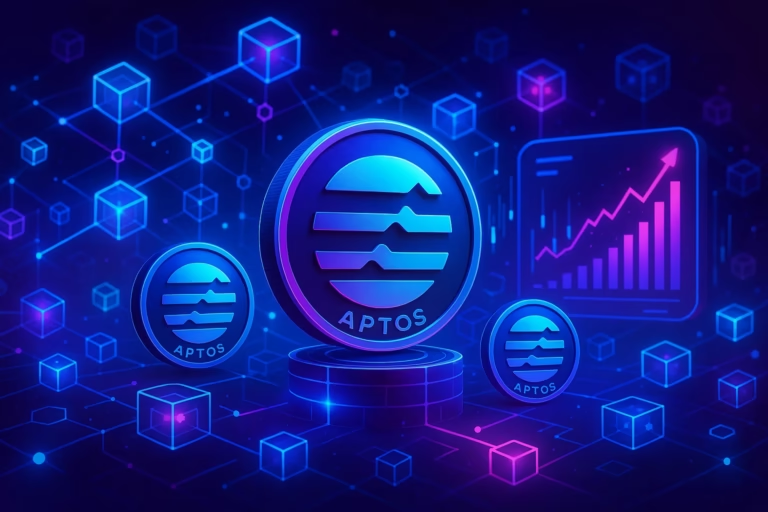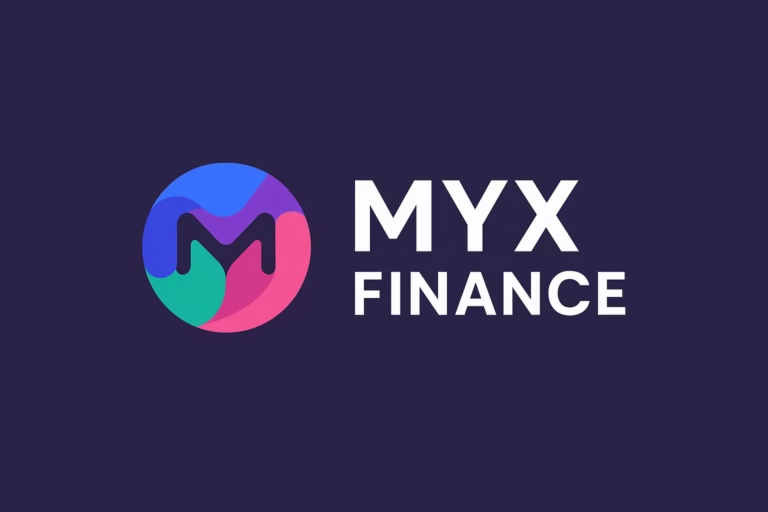
- Ethereum’s upcoming upgrade, “The Verge,” aims to make node operations accessible on everyday devices like smartphones and smartwatches by implementing stateless verification, which significantly reduces hardware requirements.
- This upgrade also addresses security concerns with alternative cryptographic structures and introduces a new gas cost system to enhance network scalability and user participation.
Ethereum is gearing up for a revolutionary upgrade called “The Verge,” which promises to redefine how users interact with the network. This groundbreaking change aims to make it possible for nodes to operate on everyday devices like smartphones and smartwatches, significantly lowering the barriers to entry for users wishing to participate in the Ethereum ecosystem.
Reducing Hardware Requirements
Currently, operating a node on the Ethereum network demands substantial hardware resources, often requiring hundreds of gigabytes of data storage. However, Vitalik Buterin, co-founder of Ethereum, is set on changing that. The Verge will implement stateless verification, a method that allows nodes to validate blockchain blocks without the need to store vast amounts of data. This shift means that even a mobile wallet or browser wallet could become a fully verifying node by default, making the network more accessible than ever.
The Role of Stateless Verification
The introduction of stateless verification addresses one of the most pressing challenges facing Ethereum today: the ballooning size of blockchain data. By minimizing the need for nodes to retain complete blockchain data, this upgrade will significantly decrease the technical hurdles for solo stakers and everyday users alike.
As Buterin pointed out, “The Verge will make fully verifying the chain so computationally affordable that every mobile wallet, browser wallet, and even smartwatch is doing it by default.”
Security Challenges: Verkle Trees vs. STARKs
While the focus of The Verge is undoubtedly on accessibility, Buterin has not shied away from addressing potential security issues. The upgrade initially proposed the implementation of Verkle trees, a cryptographic structure that reduces proof sizes and supports stateless validation. However, concerns have been raised regarding Verkle trees’ vulnerability to quantum computing threats.
To counteract this potential risk, developers are exploring alternatives like Scalable Transparent Arguments of Knowledge (STARKs), which promise enhanced long-term security and scalability. This proactive approach reflects the Ethereum community’s commitment to ensuring the network remains robust against future technological advancements.
A New Gas Cost Structure
Another significant component of The Verge is the proposed changes to Ethereum’s gas cost system under Ethereum Improvement Proposal (EIP)-4762. This initiative aims to introduce a multidimensional gas structure that differentiates between gas costs for call data, computation, and state accesses. By implementing this adjustment, Ethereum seeks to maintain network scalability and security while reducing hardware demands.
Conclusion: Empowering Users
With The Verge upgrade on the horizon, Ethereum is taking bold steps toward creating a more inclusive and accessible blockchain environment. By enabling nodes to run on smaller devices and making solo staking more viable, Buterin and the Ethereum development team are setting the stage for a new era where participation in the network is within everyone’s reach. This evolution not only enhances security but also democratizes access to one of the most prominent decentralized platforms available today.




